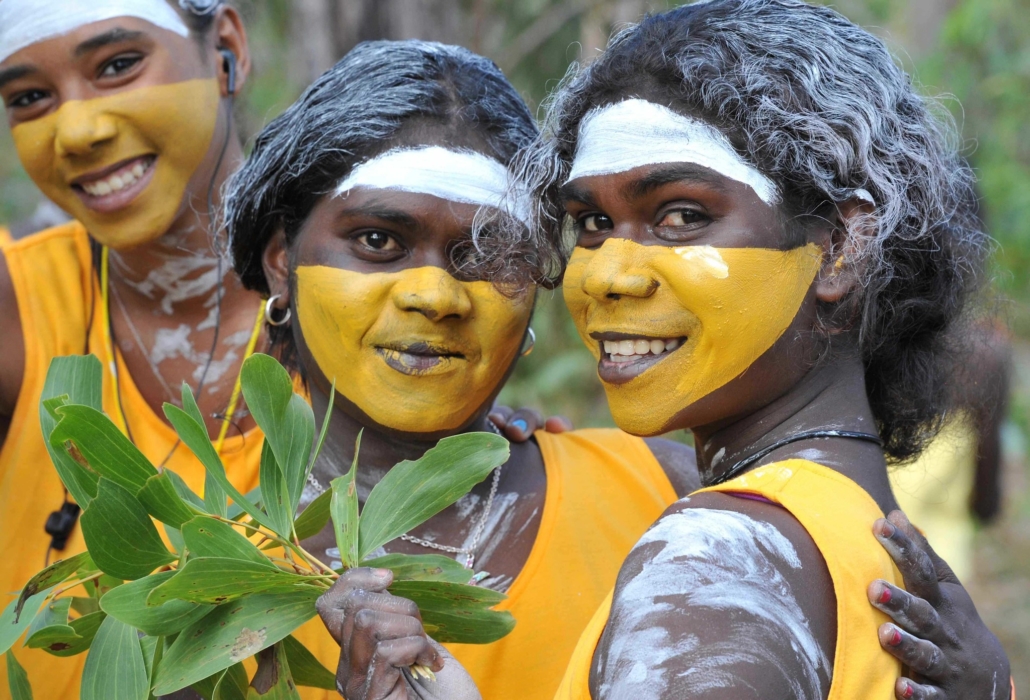Challenges for Impoverished Indigenous Australians

As of 2021, Australia remains within the top 15 economies in the world. However, as the Australian economy flourishes, the Indigenous Australian community remains a forgotten minority. According to the Aboriginal and Torres Strait Islander Commission (ATSIC), a former Indigenous Australian government body, this marginalization increases several poverty risks within the community. In reference to research that the ATSIC conducted, more than 120,000 Indigenous Australians are currently living below the poverty line. This indicator signifies that more than 30% of the Australian Indigenous population endure “income poverty” and suffer from various forms of inequality on several life-impacting bases. A closer look at the challenges for impoverished Indigenous Australians provides insight into the severity of this marginalization.
Education and Work
Indigenous Australians often face income inequality when they join the workforce. Between 2018 and 2019, the weekly “median gross adjusted household income” of Indigenous Australians aged 18 and older was approximately $553. This number is a cause for concern because it is significantly lower than the wages of non-Indigenous Australians whose weekly median gross household income is about 65% higher.
Moreover, Indigenous teenagers are three times more likely to not receive full-time education than any non-indigenous group in Australia. Roughly 70% of young adult Australian Indigenous people do not work a full-time job or engage in full-time education, which causes an increased risk that affects their income average, living standards and overall quality of life.
Indigenous Australians must overcome several struggles when seeking out education. One of the biggest obstacles Indigenous Australians in under-funded or rural areas must overcome is the language barrier. The Australian nationwide curriculum includes only English instruction, which creates a language barrier for students within remote Indigenous areas.
Furthermore, schools in rural areas often occupied by Indigenous Australians are severely underfunded. The Australian government spends 47 cents on education per child in remote communities for every dollar spent on education per child in the Northern Territory of Australia. Also, many impoverished Australian students live with their extended family in overcrowded households, which creates distractions and deprioritizes education for Indigenous youth. All the factors mentioned above lead to an increased poverty rate in Indigenous communities due to the poor quality of education or the complete lack of it.
Health
Poverty within Indigenous Australian groups is also a significant contributor to the increased health hazards Indigenous Australians face. Many illnesses threaten the lives of indigenous Australians at much higher rates than non-Indigenous Australians. For example, diseases that otherwise do not exist within other communities threaten Indigenous Australian communities. Moreover, disability, as well as chronic and terminal illness, are observed at much higher rates within Indigenous communities throughout the country. These implications lead to a decreased life expectancy among Indigenous Australians as projections determine that they could live “20 years less” than any other group of people in Australia.
It is important to note that, according to a 2019 Oxfam analysis of Australian inequality, Australian indigenous women face several additional threats when it comes to poverty. Many gender-based health risks arise due to poverty and inequality. Indigenous Australian women face an increased infant mortality rate. In fact, the infant mortality rate for Indigenous Australian women is about twice the rate of their non-indigenous counterparts. In addition, Indigenous Australian women face the consequences of income inequality. Women in Australia make 85 cents for every dollar a man makes. This income gap widens further when it comes to Indigenous women, which puts them at an increased risk of poverty.
Combating COVID-19
The Australian Department of Health states that COVID-19 poses a greater health risk to Indigenous Australians in comparison to non-Indigenous people. Several structural and systematic injustices, such as limited access to health care, added risks due to pre-existing health issues and the lifestyles within remote Indigenous Australian communities, lead to this reality. However, the Australian government launched several efforts to help lessen the dire impacts of the COVID-19 pandemic on Indigenous Australians. This assistance materialized in the Indigenous community as 53% of Indigenous Australians older than 16 were receiving income support throughout the pandemic, which helped alleviate the impacts poverty has on these communities all over the country.
Community Support for Impoverished Indigenous Australians
While injustices continue to increasingly affect Indigenous Australian communities, it is important to note that activists are leading multiple efforts and initiatives to aid with alleviating poverty in these communities. For example, based in Victoria, Australia, Pay The Rent Grassroots Collective is a collaborative effort between Australians that aids struggling Indigenous Australians by collecting funds from non-Indigenous Australians. Because of this group, many native clans and people avoid instability by allowing the Indigenous Australians within Pay The Rent’s decision-making team to study the community’s needs and establish solutions to meet these needs.
As social and economic hardship continues to affect Indigenous Australians, taking action through evident support and direct aid to the community’s most vulnerable is more important than ever. As funds increase, it is clear to see that the nongovernmental organizations founded by Indigenous Australians are taking steps toward alleviating poverty among impoverished Indigenous Australians.
– Nohad Awada
Photo: Flickr
